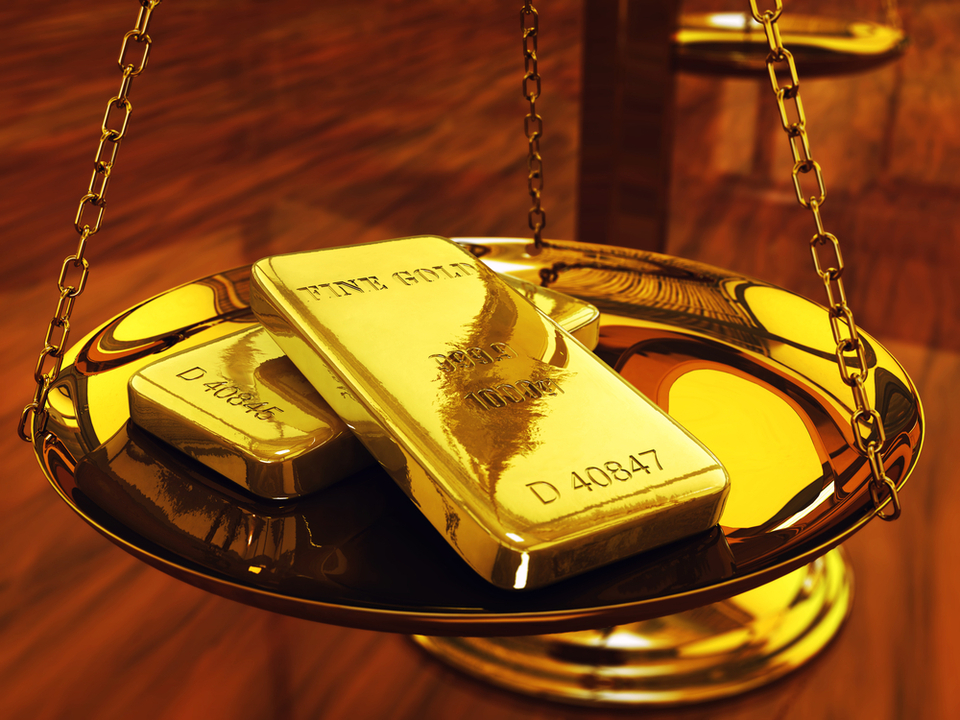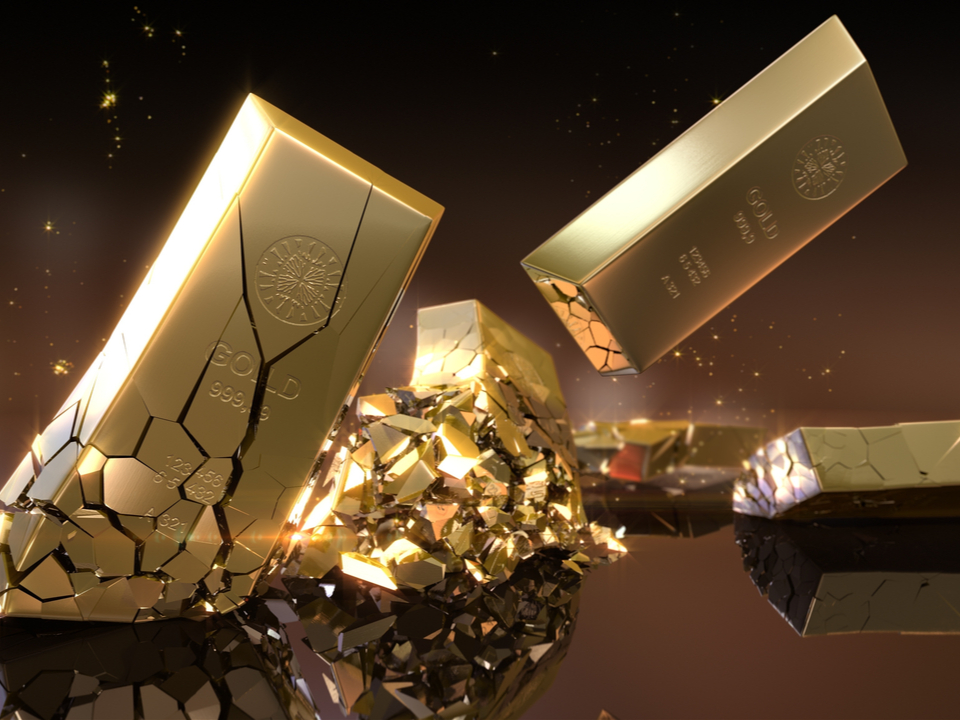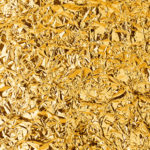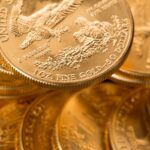Gold is the most precious metal on earth because it is easy to work with, beautiful, and incredibly mesmerizing. The metal does not tarnish, and even nitric acid or aqua regia only dissolve it until you reduce the solution to recover the solid gold mass. It’s prudent to learn about gold, and the more you know, the more it lights up your imagination.
As early as 100 BCE, the ancient Egyptians mined and fashioned gold with divine associations, signifying the flesh of the sun god, Ra, as well as purity and wealth. Modern development has since put gold as one of the best electrical conductors available, invaluable in computers, smartphones, and other technological innovations. However, gold’s impressively high demand over the centuries has also seen the emergence of an industry dedicated to faking this amazing resource.
In this article, we learn about gold’s properties to help you determine whether the gold bar you are about to buy is fake. Familiarizing yourself with gold’s authenticity markers may also prevent costly errors on your next precious metal investment.
What is a Gold Bar?
Gold is a stable investment vehicle, but buying counterfeit gold bars is a common mistake. There are many fake gold bars as a result of illegal operations, and the fake gold industry is keeping up with the times. These dubious dealers convince consumers they are investing in the genuine article with surprising ease, but savvy investors have a few aces up their sleeves, too.
The first detail to learn about gold includes the characteristics of a genuine gold bar, known as an ingot or bullion. These bars are refined metallic gold, quantified and shaped by a central bank or authorized mint. Mints typically cast comparatively smaller gold bars than central banks.
Both manufacturers cast the bullion from appropriately rolled gold sheets. A standard gold bar from a central bank or authorized mint is a 400-troy-ounce (438.9 oz. or 12.4 kg) bar. The kilobar (32.15 troy ounces or 1kg gold bar) is more manageable and commonly traded.
Standard gold bar weights include:
- One tael = 50 grams
- One tola = 0.375 troy ounces or 11.6638038 grams
- Ten tola (TT) = 3.75 oz. or 117 grams
- One kilogram = 32.15074656 troy ounces or 1000 grams
- One tonne = 32,150.746 troy ounces or 1000 kilograms
Legitimate manufacturers incorporate certain security features into genuine gold bars to help investors differentiate between the real deal and fake gold bars. Look out for:
- Registered serial numbers stamped into the bar.
- A certificate of authenticity featuring the matching serial number.
- Sealed protective packaging to prevent damage or tampering.
- A Kinegram hologram security feature in the packaging (traders call this bar a Kinebar).
Is that enough information to tell whether a gold bar is fake? Just in case it isn’t, we have outlined a few proven methods below to help you avoid an expensive mistake.
How Can Investors Tell If a Gold Bar is Fake?

Every investor wants to know the same thing: how do you know if a gold bar is real?
There are plenty of ways to tell whether your gold is genuine or fake, including the popular Hollywood-inspired method of biting down on it (the malleability of 24-carat gold allows your teeth to leave slight marks). However, the risk of losing a tooth prevents us from recommending this method, especially when there are safer ways to test your gold’s authenticity.
Fake gold jewelry would leave a mark on the skin after wearing it for a while, but what about a gold bar? Here are seven gold authenticity tests that may come in handy if you’re thinking of investing in gold soon:
#1 The Weight Test
One of the easiest tests to see whether a gold bar is fake is the weight test. Standard-issued gold bars indicate their weight in grams or ounces right on the bar. It also helps that the United States and many other countries worldwide make it a criminal offense to lie about the weight or purity of a precious metal.
- Check the official weight of gold bars (above).
- Use a precise electronic scale for an accurate reading.
- If the scale reads a different weight than noted on the surface, it is a counterfeit gold bar.
#2 The Dimension Test
Gold is a dense metal, so counterfeiting its texture is extremely difficult. Fake manufacturers use less dense metals like iron to make fake bars, but it would require twice as much iron to create any believable gold bar equivalent. These fake gold producers have to use larger dimensions to counteract this predicament.
Even if the fake bar is gold-plated, it will still need to be much larger to match the weight of real gold bullion. Differences are typically minor, so use accurate tools to measure your gold bars.
- Check the correct dimensions for a gold bar from government and genuine manufacturer’s websites.
- Use a caliper to obtain the most accurate measurements.
#3 The Ping Test
The ping test allows professionals to tell if a coin is real or fake gold. Precious metals make a high-pitched and lingering ringing sound when struck, but base metals echo shorter, duller sounds in comparison.
- If you have a gold coin, balance it on the end of your finger and tap it with another coin—it should make that characteristic ‘ping.’
- If you have a gold bar, strike it with a metal rod and listen carefully for the ping sound.
If you don’t hear the ‘ping’ of real wealth, you have a non-precious metal.
#4 The Magnet Test
Gold does not have magnetic properties like most other metals. An easy test to do at home would be to check whether a strong magnet affects the bar (it won’t affect a real gold bullion or coin).
- Try picking up your gold item with a magnet.
- If the magnet attracts the gold, the bar, coin, or jewelry is fake or impure.
The flaw in the magnet test is that gold is not the only non-magnetic metal. Any small item might pass this test easily, including a fake gold coin or piece of jewelry. It is best to use the magnet test alongside other tests mentioned in this article.
#5 The Ceramic Test
The ceramic test involves dragging your gold item over an unglazed ceramic plate.
- Apply slight pressure, and drag the gold slowly across the ceramic surface.
- If a gold mark appears, the gold is real.
- If the mark is black, your gold bar is fake.
#6 The Ultrasound Test
If you do not happen to be a medical professional with a machine on hand, ultrasound tests for gold purity are expensive. Machines cost thousands of dollars and require technical expertise to operate. However, it makes for a good story at the next Learn About Gold networking event.
Ultrasound waves change according to different metals as the pattern and speed of the ultrasound wave moves through these materials.
- Check the official ultrasound wave pattern for gold.
- If the wave on your ultrasound matches, the gold’s authenticity is easy to confirm.
Big market players have now manufactured specific ultrasound machines for testing gold and silver bullion. It verifies the metal composition and consistency to gauge if the gold bar is the real article.
#7 The Nitric Acid Test
The most complicated test for gold uses nitric acid, and only professional gold dealers have the equipment for this test. There are many risks involved, including damage to the item, whether or not it is fake. The test relies on the principle that pure gold is resistant to oxidation, so nitric acid (or aqua regia) should not corrode it.
Professionals use different acid strengths to test different purities. Gold that doesn’t react to the nitric acid test is as pure as the suggested carats (and higher). Acid marked for 22 carats cannot measure the purity of a 24-carat gold bar—it only tells you whether the gold bar is 22-carat gold.
Learn About Gold’s Bonus Facts

Did you know that the world’s biggest and heaviest gold bar weighs 250 kg (551 lb.)?
- The Toi Gold Museum put it on display on 11 July 2005.
- It is 455 mm × 225 mm (17.9 inches × 8.9 inches) at the base and 170 mm (6.7 inches) high with a five-degree draft angle (equivalent to a volume of 960 cubic inches or 15,730 cm3).
- Mitsubishi Materials Corporation is the manufacturer of this giant gold bar.
- In 2005, its gold value was at 400 million yen (approximately US$3.684m). By 18 August 2020, it was worth approximately US$16.1m.
Learn About Gold and Invest In Your Future
The final tip is to conduct any of these tests for authenticity before making a purchase; after that, it is too late. Any reputable precious metals dealer or broker should not object to you carefully checking your gold bar or performing the tests outlined above. Dealers that discourage you from checking the bar are likely suspicious; stop the transaction immediately.
Learn About Gold is a reliable resource for those looking into gold and gold investment strategies. Our advisory services make wise investments in gold a breeze, and this precious resource truly opens doors. Contact us for a one-on-one consultation to learn how you can make gold bar investments that count or ask us how to partner with reputable gold providers for genuine discounted deals.





